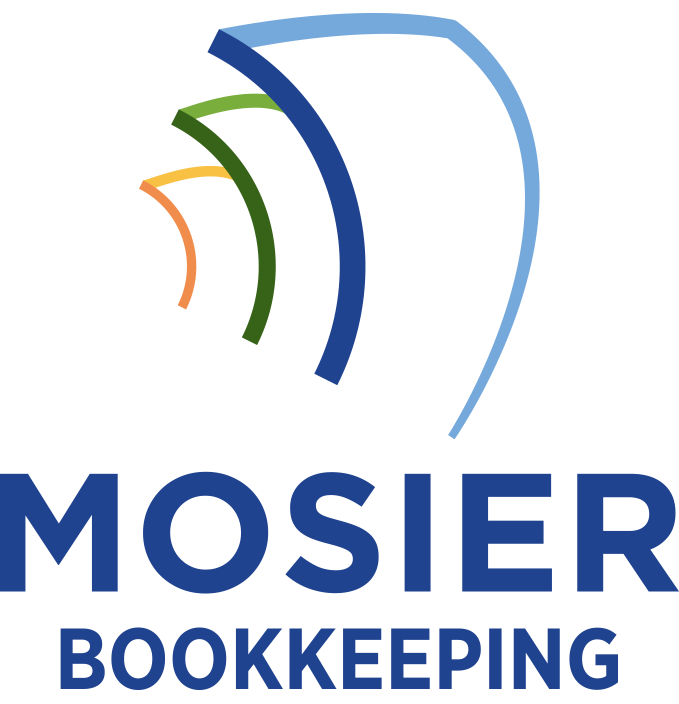To handle sales tax for your small business, you’ll need to determine where you have nexus (physical or economic presence) and track your obligations across different states. I recommend implementing a robust point-of-sale system integrated with your accounting software to accurately collect and track sales tax. Maintain detailed digital records of all transactions, exemption certificates, and tax payments. Create a system for monitoring filing deadlines and remitting payments. Understanding your specific state and local requirements will guarantee proper compliance and help avoid costly penalties.
Understanding Your Sales Tax Obligations

Before diving into the complexities of sales tax management, you must determine if your business has a sales tax obligation in each jurisdiction where you operate. This starts with identifying your nexus – the connection between your business and a tax jurisdiction that triggers collection requirements.
You’ll need to track physical presence (stores, warehouses, employees) and economic presence (sales volume, transaction numbers). I recommend creating a nexus checklist for each state where you conduct business. Once you’ve established nexus, research the specific tax rates and rules that apply. Many states have different rates for various products and services.
Determining Where to Collect Sales Tax
Once you’ve confirmed your sales tax obligations, determining collection requirements across different jurisdictions becomes critical. I’ve found that mastering nexus rules and state-specific thresholds gives you control over your tax compliance strategy.
- Analyze your physical presence across states, including offices, employees, and inventory locations
- Track your economic nexus thresholds – most states require collection after $100,000 in sales or 200 transactions
- Identify local tax jurisdictions within states where you operate
- Monitor marketplace facilitator laws if you sell through platforms like Amazon or Etsy
Don’t overlook destination-based versus origin-based sourcing rules, as they’ll determine which rates you must collect.
Setting Up Your Tax Collection System

The successful implementation of a tax collection system requires strategic planning and the right tools. I’ll show you how to dominate this essential business function.
First, select a robust point-of-sale (POS) system that automatically calculates and tracks sales tax. I recommend integrating your POS with accounting software like QuickBooks or Xero to maintain precise records.
Next, establish a dedicated bank account for tax funds. This separation guarantees you’ll have cash ready when it’s time to remit payments.
Finally, implement a monitoring system to verify tax calculations, track filing deadlines, and maintain compliance across all jurisdictions where you collect.
Managing Sales Tax Documentation
I’ll guide you through three critical aspects of sales tax documentation that protect your business and guarantee compliance. A robust digital filing system should organize your sales receipts, exemption certificates, and tax returns by date and jurisdiction, while automated backups safeguard against data loss. Your records must meet state-specific retention requirements, which typically range from three to seven years, so establish a clear timeline for archiving and disposing of documents.
Record Keeping Best Practices
Proper record keeping forms the backbone of successful sales tax compliance for small businesses. I’ve found that maintaining meticulous records not only protects you during audits but also streamlines your tax filing process.
- Keep digital copies of all sales receipts, invoices, and exemption certificates for at least five years
- Use automated software to track tax rates and changes across different jurisdictions
- Maintain separate ledgers for taxable and non-taxable sales
- Document all tax payments, filing dates, and correspondence with tax authorities
When you implement these practices systematically, you’ll build a robust defense against potential audits while maintaining control over your tax obligations.
Digital Filing Systems
Modern digital filing systems have revolutionized how small businesses manage their sales tax documentation. I recommend implementing a robust digital system that automates and facilitates your tax processes.
| Essential Features | Benefits |
|---|---|
| Cloud Storage | 24/7 Remote Access |
| Auto-Backup | Data Loss Prevention |
| Search Function | Quick Document Retrieval |
| Permission Controls | Enhanced Security |
| Audit Trail | Transaction History |
I’ve found that digital systems like QuickBooks, Avalara, or TaxJar integrate seamlessly with existing accounting software. By digitizing your receipts, returns, and exemption certificates, you’ll eliminate paper clutter and guarantee instant access during audits. You’ll also benefit from automated calculations and real-time tax rate updates.
Retention Period Requirements
Record keeping laws mandate specific timeframes for maintaining sales tax documentation, and these requirements vary by state and jurisdiction. I recommend following these critical retention guidelines to protect your business and guarantee compliance:
- Maintain all sales tax returns and supporting documents for a minimum of 4 years
- Keep records of exempt sales and related certificates for 5-7 years
- Store monthly and quarterly filing records digitally with secure backups
- Preserve audit-related documentation for at least 7 years after completion
Remember that states can extend these periods during audits or investigations, so I advise implementing a system that surpasses minimum requirements.
Filing and Remitting Sales Tax Returns

I’ll walk you through the key considerations of filing and paying your business’s sales tax returns. You’ll need to carefully track state-specific deadlines, which can be monthly, quarterly, or annual depending on your sales volume and jurisdiction. You can typically submit payments through various methods including electronic funds transfer (EFT), credit card, or check, though some states now require electronic submission.
Meeting Filing Deadlines
Meeting sales tax filing deadlines is a critical responsibility that requires careful attention to both state-specific schedules and your business’s filing frequency. Failing to meet these deadlines can result in costly penalties, interest charges, and potential legal issues.
- Mark your calendar with all filing due dates and set automated reminders at least two weeks before each deadline
- Keep separate accounts for collected sales tax to guarantee funds are always available
- Submit returns even if you have zero sales for the period to avoid non-filing penalties
- Consider enrolling in automated ACH payments to prevent missed deadlines and maintain compliance
I recommend establishing a systematic approach to stay ahead of deadlines and protect your business from unnecessary financial burdens.
Payment Methods and Options
Several payment methods are available for filing and remitting sales tax returns, each offering different advantages for small business owners. I recommend establishing electronic funds transfer (EFT) through your state’s tax portal for automatic, timely payments. Most states accept credit cards and ACH payments, though fees may apply.
For cash flow management, I suggest linking your dedicated sales tax bank account directly to the state’s system. This guarantees you’ll never miss a payment. If you prefer traditional methods, you can mail checks, but I don’t recommend this due to processing delays and potential lost payments.
Common Sales Tax Mistakes to Avoid
Making mistakes with sales tax compliance can be costly for small businesses, potentially leading to audits, penalties, and interest charges. To safeguard your business and maintain compliance, you’ll need to avoid these critical errors:
- Not registering for sales tax permits in states where you have nexus
- Failing to validate customer exemption certificates and keeping them on file
- Misclassifying products or services and applying incorrect tax rates
- Not filing returns on time, even when you haven’t collected any tax
I recommend implementing a robust sales tax management system and consulting with a tax professional to guarantee you’re meeting all obligations in your jurisdictions.









